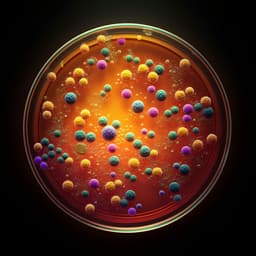
Biology
The conservation of human functional variants and their effects across livestock species
R. Zhao, A. Talenti, et al.
This exciting research reveals the prevalence and impact of human functional variants in livestock species, uncovering that over 1.6 million human variants have orthologues in domesticated mammals. The authors employed machine learning to highlight the conserved effects of these variants across species, showcasing livestock as valuable models for studying human genetics.
Playback language: English
Related Publications
Explore these studies to deepen your understanding of the subject.







